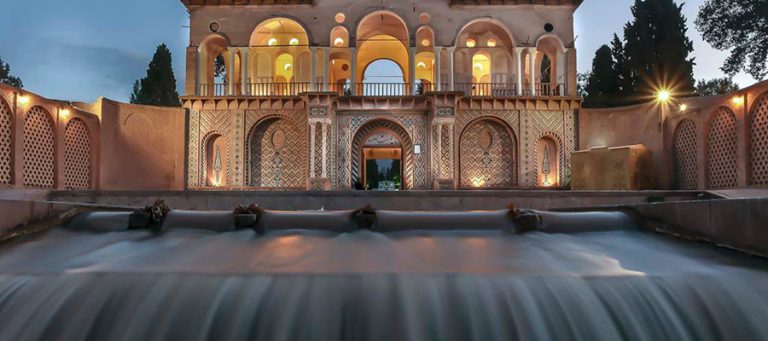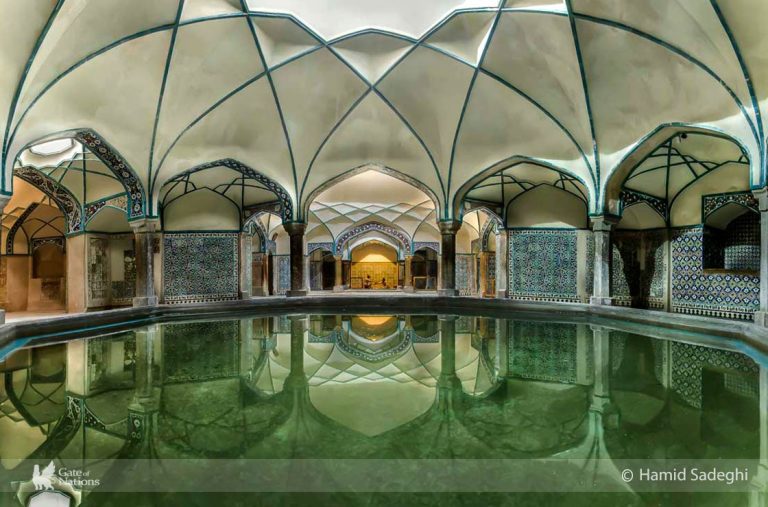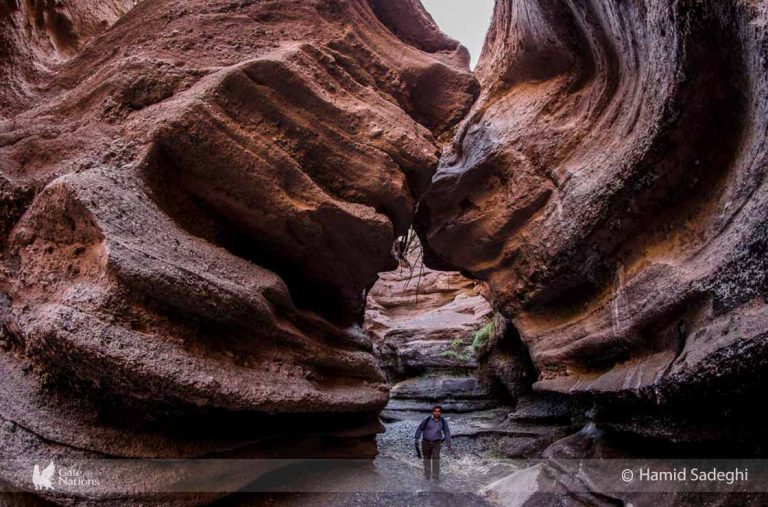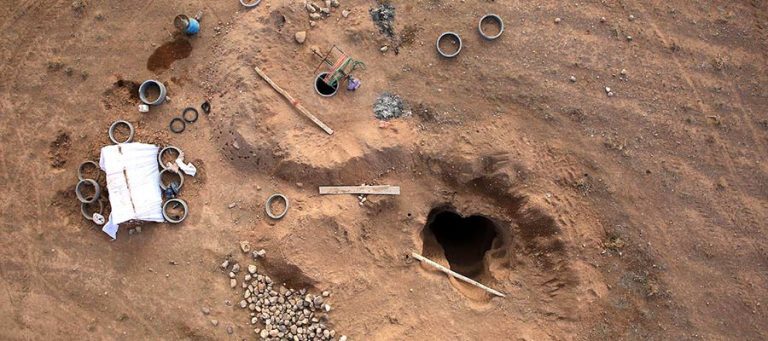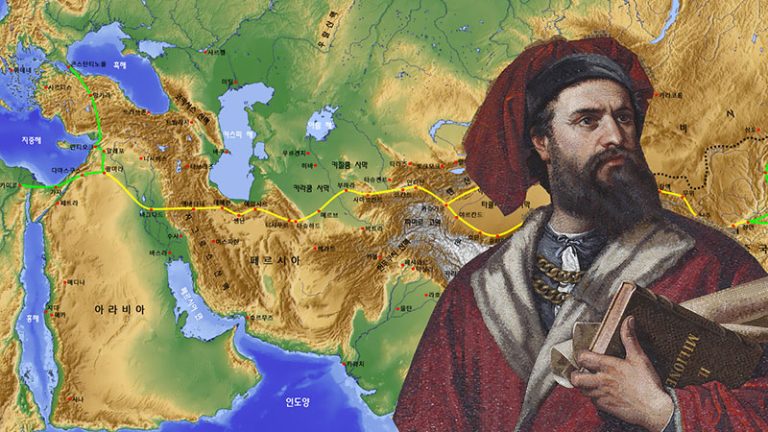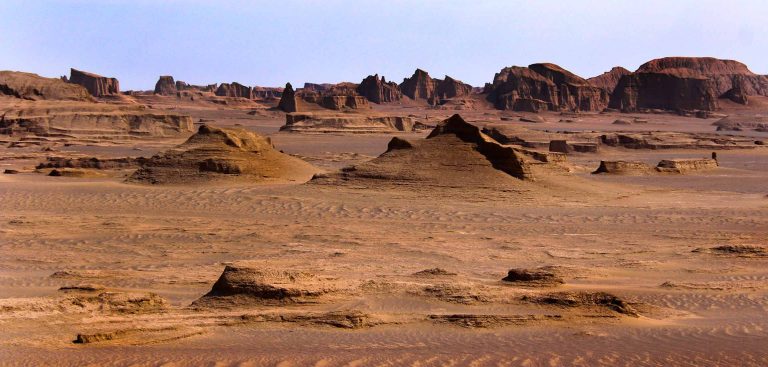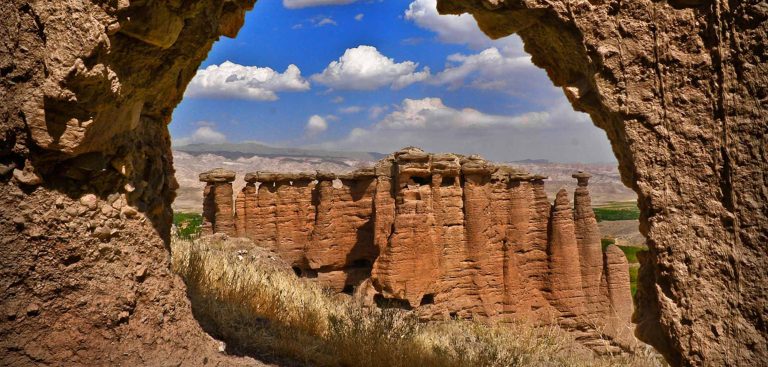Welcome to Kerman: A Historic Jewel in Southeastern Iran
Kerman, the capital city of Kerman Province in southeastern Iran, is a place where history, culture, and natural splendor converge. Known for its long-standing cultural heritage, architectural landmarks, and diverse landscapes, This City offers a rich tapestry of experiences for visitors and residents alike.
Historical Significance of Kerman
Ancient Origins: Established in the 3rd century CE by Ardashir I, the founder of the Sasanian Empire, Kerman boasts a history that stretches back over millennia. Its strategic location on trade routes connecting Persia to the Indian subcontinent and Central Asia has cemented its role as a vital trade and cultural hub throughout history.
Architectural Highlights
Ganjali Khan Complex: This 17th-century Safavid-era complex includes a mosque, caravanserai, bathhouse, bazaar, and school. The Ganjali Khan Bathhouse is particularly notable for its exquisite tile work and frescoes.
Jabaliyeh Dome: An ancient octagonal building constructed from stone and gypsum, the Jabaliyeh Dome’s origins are shrouded in mystery, possibly dating back to the pre-Islamic era.
Kerman Bazaar: One of the longest bazaars in Iran, Kerman Bazaar is filled with traditional shops selling a variety of goods, from spices and textiles to handicrafts and carpets.
Cultural and Economic Aspects
Carpet Weaving: Kerman is world-renowned for its high-quality carpets, known as Kerman rugs. These carpets are celebrated for their intricate designs and vibrant colors, reflecting the city’s rich artistic heritage.
Pistachio Production: The region around This City is one of the world’s largest producers of pistachios, which plays a significant role in the local economy.
Tourism and Attractions of Kerman
Shazdeh Garden (Prince’s Garden): Located about 35 kilometers from Kerman in the town of Mahan, this stunning Persian garden features beautiful pools, fountains, and lush greenery, creating an oasis in the desert landscape.
Rayen Castle: Situated 100 kilometers south of aKermn, this well-preserved adobe castle dates back to the Sasanian era. It offers a glimpse into ancient Persian architecture and defense mechanisms.
Meymand Village: A UNESCO World Heritage site, this ancient troglodyte village has been continuously inhabited for over 2,000 years. Its cave dwellings, carved into the mountains, provide a unique cultural experience.
Climate
Desert Climate: This City experiences a hot desert climate with scorching summers and cool winters. The city receives minimal rainfall, making spring and autumn the most favorable times to visit due to the more moderate weather.
Natural Attractions
Kaluts of Shahdad Desert: Located to the north of Kerman, the Lut Desert (Dasht-e Lut) features unique geological formations known as Kaluts. This area is one of the hottest places on Earth and offers stunning desert landscapes that captivate the imagination.
Kerman is a city that beautifully blends historical significance, cultural richness, and natural beauty, making it a fascinating destination for those interested in exploring Iran’s diverse heritage. From its ancient origins to its vibrant present, Kerman remains a testament to the enduring legacy of Persian civilization.

